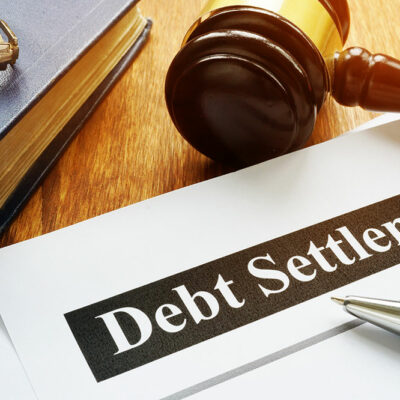
4 common packaging mistakes to avoid
Packaging is an important element of the supply chain and logistics cycle. This process of enclosing products in wrappers and boxes and thereby protecting customer orders for shipping and delivery after they are purchased is critical for a company’s brand identity, customer satisfaction, and cost control when handled correctly. Certain packaging mistakes can affect them in a negative way. Here are some such common packaging mistakes to avoid for businesses to optimize their supply chains:
Neglecting the quality of packaging
Cutting corners on packaging is a major mistake companies can make while purchasing substandard-quality packaging materials in bulk. These low-quality materials can cause the products stored within the packages to become exposed to possible damage. Low-quality packaging is among the biggest causes of damage and product wastage during the shipping phase of the supply chain cycle.
Additionally, the poor quality of supplementary packaging items such as foam rollers, tape, thread, strings, handles, and others can result in inadequate protection of goods and products delivered across massive distances. Therefore, businesses must try to maintain a standard of quality in order to avoid the spiraling of shipping costs and lead time in the supply chain.
Ignoring the branding on packaging
Many e-commerce operators tend to overlook the importance of customizing product packaging to reflect their brand identity. Branding and identifiability are key aspects of packaging and marketing in general. Therefore, it is crucial to make sure that the packaging design is memorable and includes elements that customers can easily associate with the brand. Custom labels, branded packaging tape, and appreciation messages can enhance the branding experience.
Additionally, businesses can include samples or marketing inserts in the package to create a positive unboxing experience for the customer. These efforts can help in establishing a strong brand identity and leave a lasting impression on customers.
Using incorrect packaging materials
The choice of packaging material is just as critical as other aspects, such as the cost of packaging materials. This is because every product comes with different requirements for shipping and delivery. Certain products can get damaged if they react with specific packaging materials. For instance, an inflammable product is likely to catch fire if packaged in a box made of wood or other inflammable packaging material. One must research the kind of product they are manufacturing and delivering and be mindful of the materials that can cause damage to the product before using that particular material.
Not using environmentally sustainable packaging
In today’s environmental change-driven times, eco-friendly and sustainable packaging is the key to creating a positive impression of brands in consumers’ minds. According to specific studies, at least two-thirds of customers across the country prefer to purchase products with sustainable packaging. Businesses must take a step to research and curate eco-friendly packaging materials for their products. Sustainable packaging decreases an organization’s carbon footprint, improves its overall contribution to the environment, and makes it more responsible as an entity.


